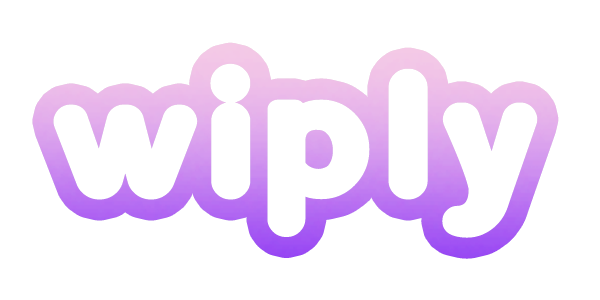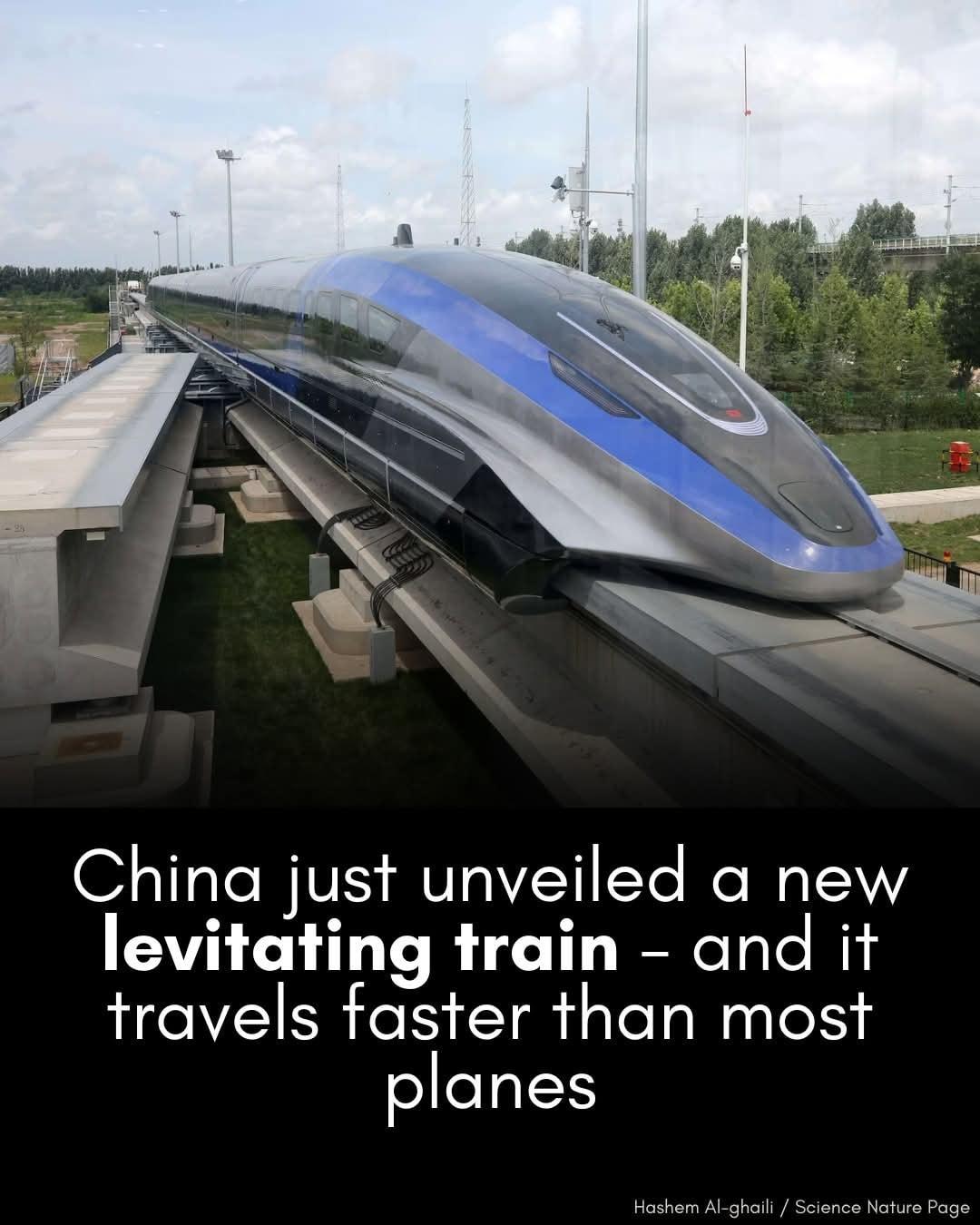If you are planning to move your house/office in Guwahati or anywhere else in the country, we have transportation services at a best price. Our transportation service includes a team of professional packers and movers with trained staff who will transport your goods safely from one place to another without any damage. We have a huge group of transportation vehicles that can deliver goods in any corner of the country. Our transportation service is fully customized and reliable to meet the specific needs of our customers. Our company also offers the insurance cover for extra safety and security. Our main aim is to provide you with a smooth relocation experience.
Visit https://www.dtcpackers.co.in/
Visit https://www.dtcpackers.co.in/
If you are planning to move your house/office in Guwahati or anywhere else in the country, we have transportation services at a best price. Our transportation service includes a team of professional packers and movers with trained staff who will transport your goods safely from one place to another without any damage. We have a huge group of transportation vehicles that can deliver goods in any corner of the country. Our transportation service is fully customized and reliable to meet the specific needs of our customers. Our company also offers the insurance cover for extra safety and security. Our main aim is to provide you with a smooth relocation experience.
Visit https://www.dtcpackers.co.in/
0 Yorumlar
·0 Paylaşım
·1K Görüntülenme








